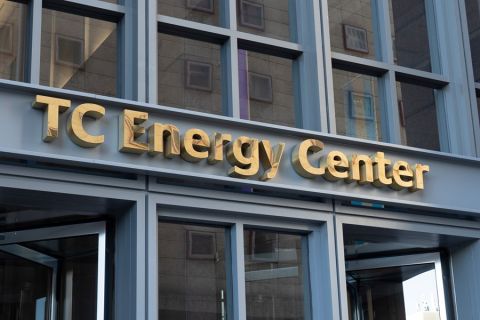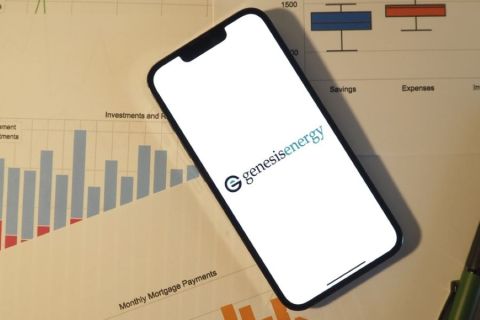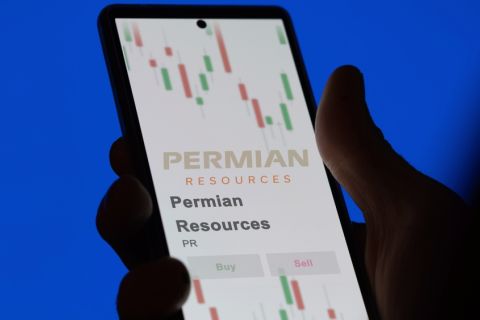Photogrammetry serves as a complement to traditional dimensional control techniques onshore and can be used to measure subsea structures as well. It is a useful part of the survey toolkit allowing objects to be accurately measured in locations that are difficult to access.
Phototriangulation uses measured 2D photo coordinates from overlapping perspective images and the application of collinearity (i.e., any 3D object point, its corresponding 2D image point, and the camera station all lie in a straight line). This forms a “bundle” of intersecting rays which is the basis for a least-squares adjustment that solves for the position and orientation of each camera station and the features of interest in 3D object space.
The advantages of using photogrammetric methods over other survey methods include the ease of deployment and the potential use of existing ROV cameras. Photogrammetry can be used for a variety of purposes including mapping, inspection, dimensional control, reverse engineering, and as-built surveys. Deliverables include ASCII data, point cloud data, CAD drawings, SolidWorks models, and 3D PDFs.
Oceaneering performed a trial at its Morgan City facility to assess a basic photogrammetric acquisition process and to directly compare phototriangulated results to conventional dimensional control. The photogrammetrically derived coordinates matched total station coordinates within 2mm (1:5,000 over the 10-m object space). The development of more complete and fit-for-purpose acquisition and processing workflows are ongoing, but relative accuracies of 1:10,000 or greater are achievable.
Case Study
During a remotely operated vehicle (ROV) inspection of a client's assets offshore Brazil, an Oceaneering team observed that a damaged riser had been released from its clamp and moved freely in the water column. A basic smartphone video was taken of incoming ROV video footage, which confirmed the riser damage, and it was sent onshore for viewing. A rough photogrammetric point cloud was created from this video as proof of concept.
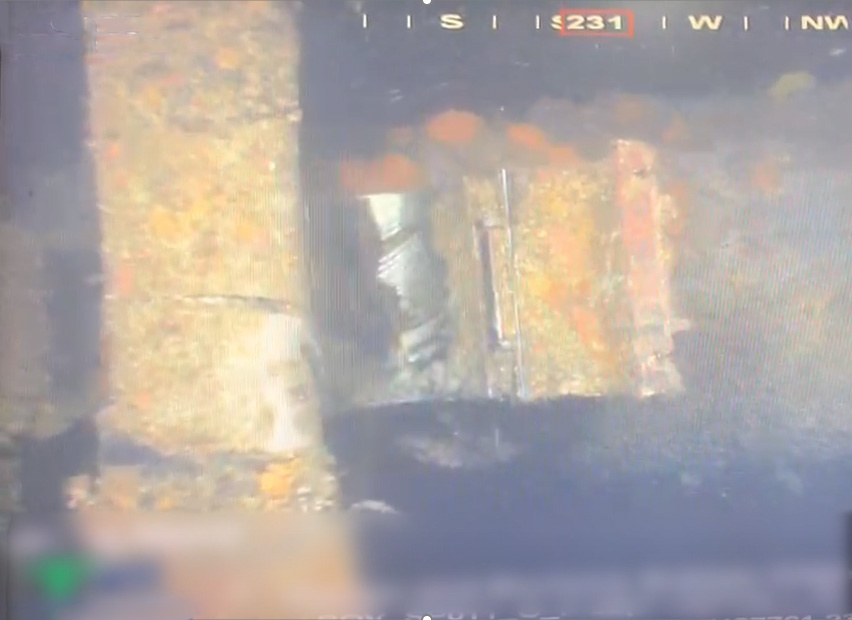
There are several options for assessing the damaged riser and sizing and location of potential asset issues. Photogrammetry was identified as the preferred method of surveying the area of concern given the promising results from the smartphone video.
An ROV photogrammetry survey plan was developed and included the installation of calibrated scale bars to the work site to improve the accuracy of the final 3D model deliverable that the client required. A survey line plan on the asset was drawn up for the ROV to follow while recording standard ROV camera video. The ROV video was then modeled using proprietary Oceaneering photogrammetry workflows and procedures to produce a final 3D model deliverable.
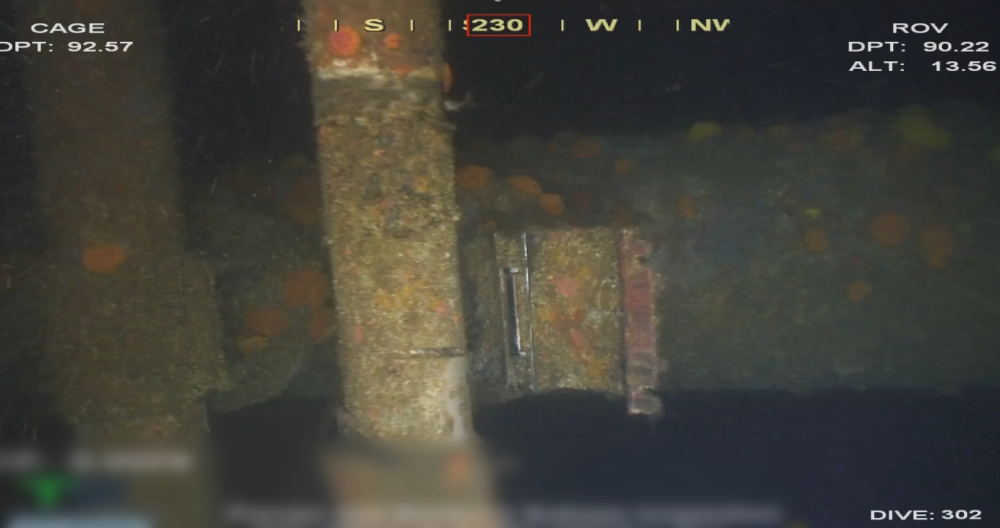
Normally, video would be taken with the ROV to assess the damaged riser. However, the client had recently taken over operations at the asset and needed to know how far apart the risers were so the ROVs could work amongst the structures.
The riser had become damaged and was no longer secured to the asset. With this being an older asset, there was serious risk to continued productivity. Also, with the riser covered in marine growth, it would be difficult to assess the exact level of damage sustained.
Using the results from photogrammetry, the team was able to create an engineering mitigation plan for riser repair. Subsequently, re-clamping of the riser to the asset was performed.
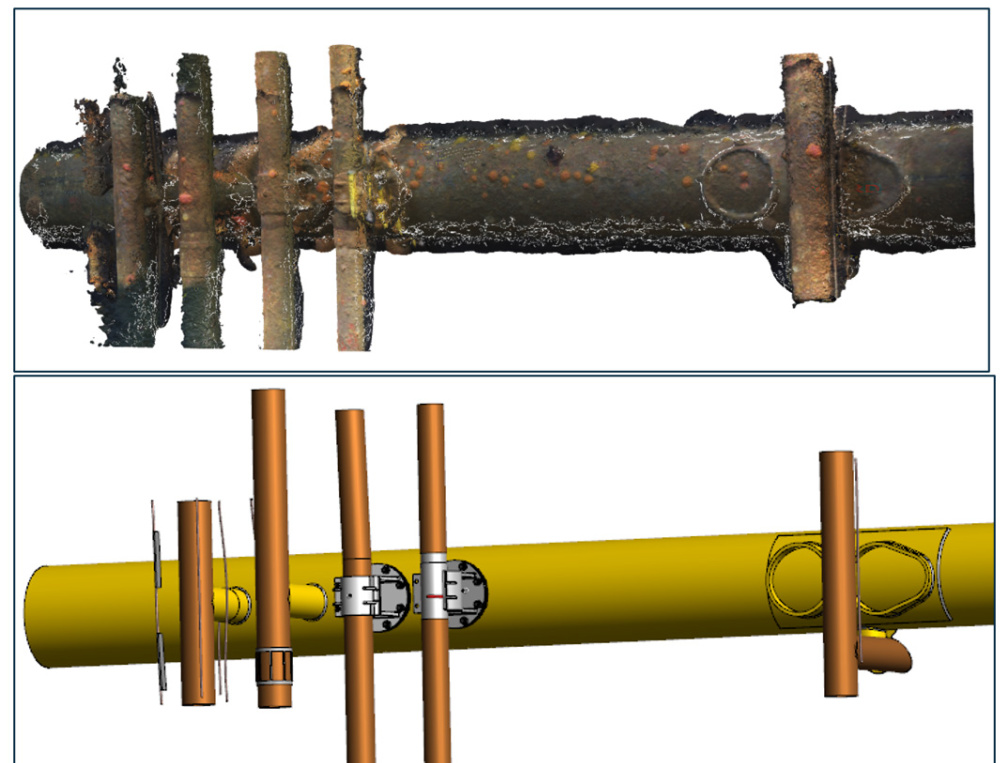
Conclusion
Multiple Oceaneering business segments came together to help the client identify and repair the damaged riser. Oceaneering’s ROV team observed the loose riser and through subsequent surveys, our survey group was able to provide our internal photogrammetry service combined with our offshore design center’s 3D modeling capability. Our offshore projects group then devised the engineering mitigation strategy for the securing and repair of the riser with a new clamping solution.
Oceaneering provided a turnkey solution with existing services. This enabled a rapid response and fast and seamless delivery of the data that allowed the client to make an informed decision on the repair of the riser. By using the photogrammetry services, the client was able to quickly address the problem and avoid further production issues.
About the author: Ryan Larsen is chief surveyor at Oceaneering.
Recommended Reading
TC Energy Appoints Sean O’Donnell as Executive VP, CFO
2024-04-03 - Prior to joining TC Energy, O’Donnell worked with Quantum Capital Group for 13 years as an operating partner and served on the firm’s investment committee.
Hess Midstream Increases Class A Distribution
2024-04-24 - Hess Midstream has increased its quarterly distribution per Class A share by approximately 45% since the first quarter of 2021.
Equitrans Midstream Announces Quarterly Dividends
2024-04-23 - Equitrans' dividends will be paid on May 15 to all applicable ETRN shareholders of record at the close of business on May 7.
Genesis Energy Declares Quarterly Dividend
2024-04-11 - Genesis Energy declared a quarterly distribution for the quarter ended March 31 for both common and preferred units.
Stockholder Groups to Sell 48.5MM of Permian Resources’ Stock
2024-03-06 - A number of private equity firms will sell about 48.5 million shares of Permian Resources Corp.’s Class A common stock valued at about $764 million.

